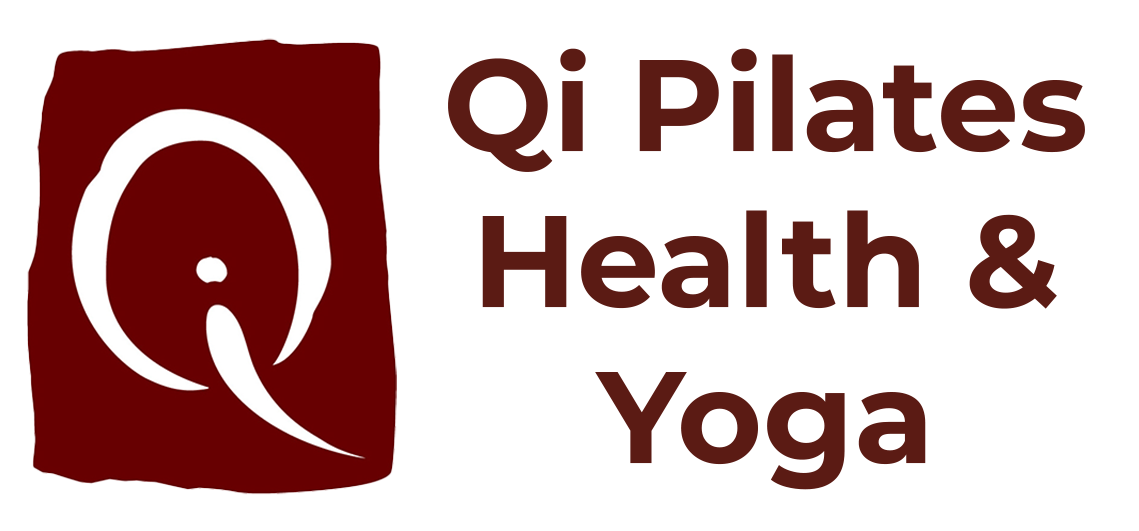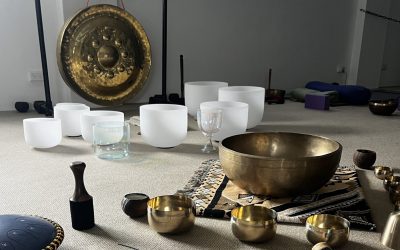You value your health and wellbeing right?
You eat well, exercise regularly, go to a regular yoga class where you leave feeling calm and zen. You may even tell yourself “This feels good, I want more of this. I’m going to meditate at home”.
Despite your desire for more calm and inner peace, meditation at home just doesn’t seem to happen.
Why is it so hard to meditate at home? Even for just 10 minutes? Even when you know how incredibly beneficial it is for your brain, nervous system, mood, and stress levels?
I suggest it’s mostly due to two simple reasons.
We get stuck in the “doing” mode of mind.
In “doing” mode, we’re organising, planning, analysing, setting goals, judging, problem solving, doing all that active thinking stuff. Doing mode propels us to check our phone for unnecessary updates that we don’t really need to know. Doing mode propels us to fill our schedules in fear of empty space.
Meditation requires us to shift gears into the “being” mode. In “being” mode, awareness is more connected to sensory perception than it is to thinking. The easiest way to access the “being” mode is to be fully aware of your senses or your body in this moment. It’s partly why yoga works so well in accessing the meditative state, because we’re in our bodies, awake to our sensory perception and connected to the “being” mode.
Meditation requires
us to shift gears into
the “being” mode.
We spend most of our lives in “doing” mode, shifting gears into “being” mode can be challenging because we lack the neural circuitry to go there easily. Learning meditation is just like learning a new language or instrument, until we have those brain pathways established, it takes practice and effort.
Guidance is needed to develop a regular practice
To develop a regular meditation practice at home guidance and support are needed. There are plenty of meditation apps out there, but between you, me and the gate post, I don’t know anyone who has developed a solid, long term meditation practice learning from an app. Apps are super handy once you’ve developed the meditation habit and know how to navigate the obstacles of meditation. However apps don’t offer personalised feedback and support when you encounter obstacles within the practice.
One of the reasons I love the Mindfulness course is because I’ve seen many people develop their own personal meditation practice through Mindfulness. Mindfulness gives you face-to-face contact with a teacher for personalised support, guidance and feedback. You learn tips and techniques that make learning meditation uncomplicated.
The Mindfulness course keeps you accountable to daily practice for 8 weeks. This gives you the essential space and time needed to create the new brain pathways that will enable you to shift gears from “doing” mode to “being” mode more easily.
If you’re keen to develop your own personal meditation practice think about doing Mindfulness. If that’s not available in your area, seek out a meditation teacher who runs face-to-face courses or classes where you can get personalised support and guidance.
Originally published on www.mindfulnesswithrachel.com.au




0 Comments